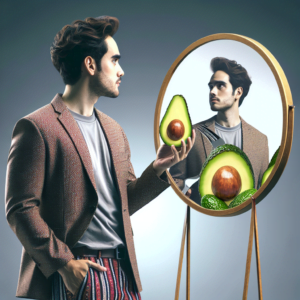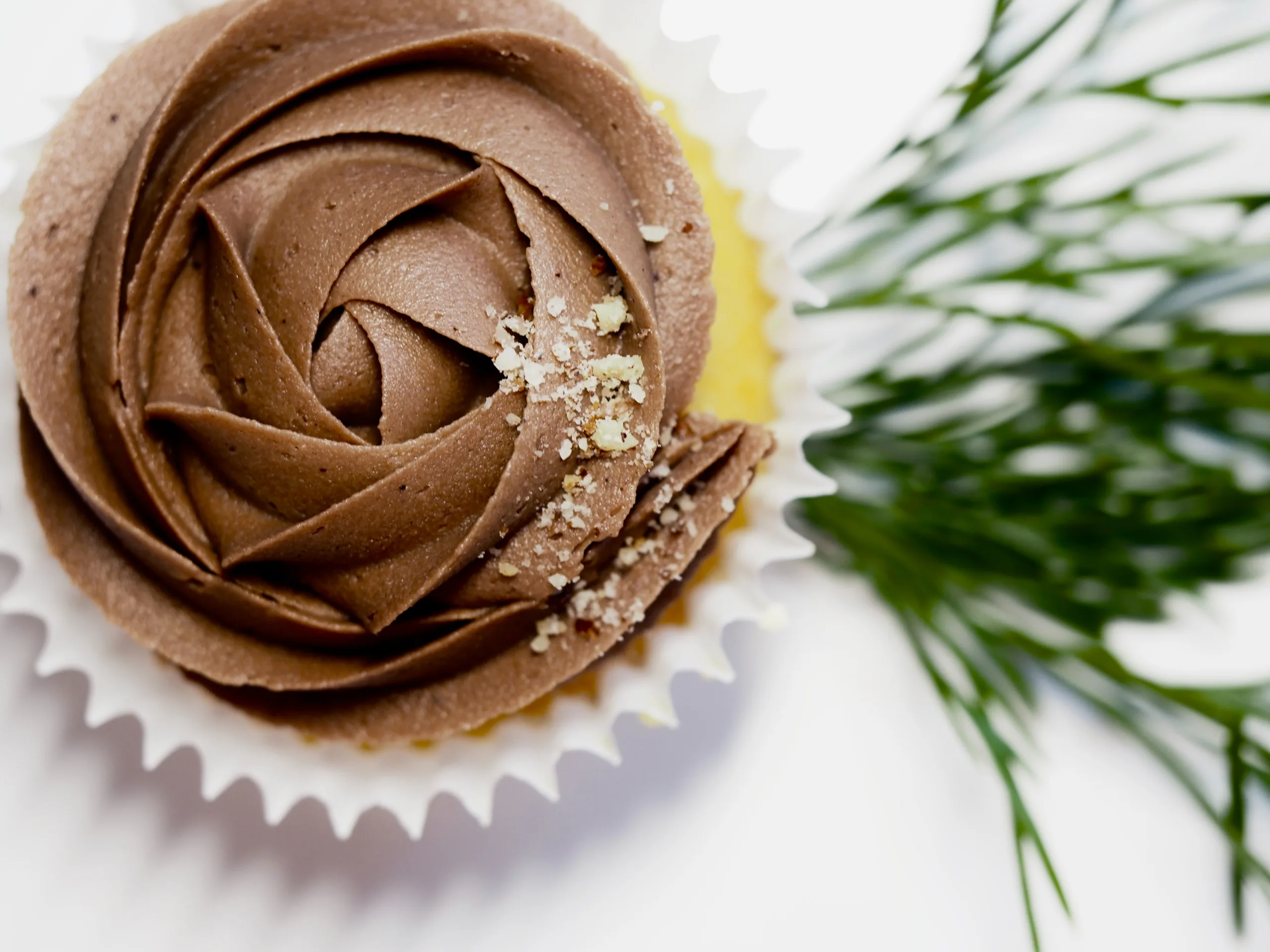
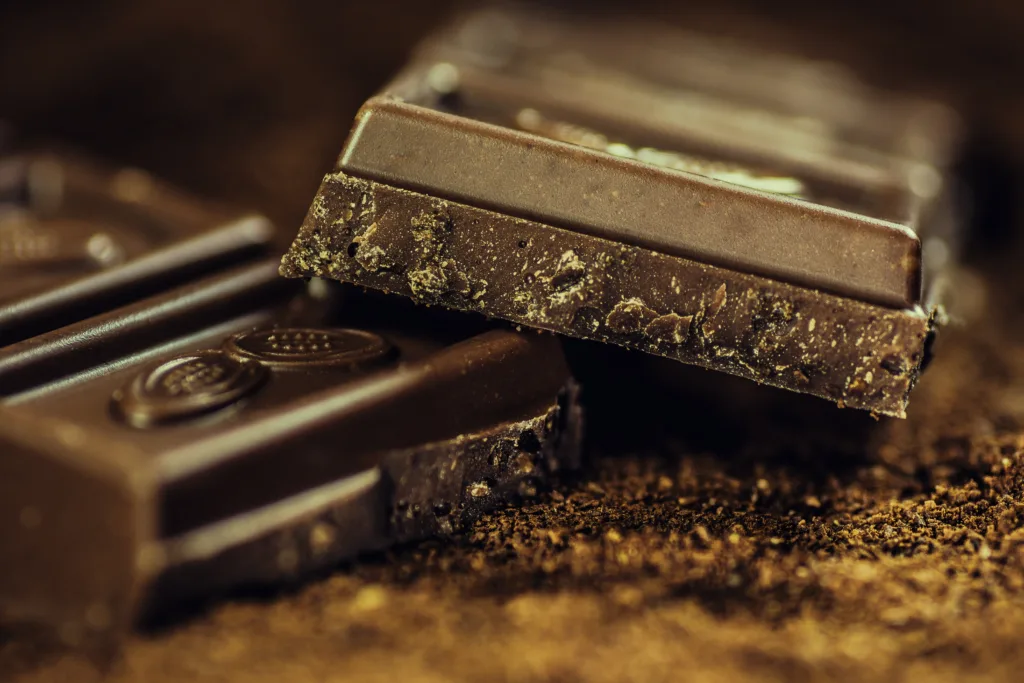
The beloved treat of millions sweet chocolate, has a history dating back over 4,000 years. From its origins in Mesoamerica to its transformation into delectable bars and treats, sweet chocolate has captivated hearts and palates worldwide. Beyond its scrumptious flavors, chocolate boasts versatility, being enjoyed as a solid, liquid, or baking ingredient. In this article, we delve into the rich world of sweet chocolate, presenting 50 mouthwatering facts that will awaken your desire for this indulgent delight.
Historical Facts
- Chocolate’s roots trace back to Mesoamerica around 2000 BC, where cacao plants were cultivated.
- The Olmec civilization, an ancient Latin American civilization, prepared the first chocolate drink.
- Originally, chocolate was consumed as a liquid beverage, not the solid treat we know today.
- The Mayans valued chocolate for religious ceremonies and offered it in their shrines.
- The Aztecs revered cocoa beans so highly that they used them as currency.
- The Aztecs consumed chocolate for medicinal, religious, and ceremonial purposes.
- Spanish explorer Hernán Cortés introduced chocolate to Europe in 1528.
- European monarchs prized chocolate and kept its recipe a closely guarded secret.
- French King Louis XIII received chocolate as a gift during his wedding celebrations.
- The invention of the chocolate press in 1828 revolutionized chocolate production.

Chocolate Varieties
- Chocolate comes in various forms based on cocoa content, ingredients, and intended use.
- Raw chocolate, unprocessed and unrefined, is revered for its health benefits in cocoa-growing regions.
- Milk chocolate, sweetened with milk, is a beloved classic among chocolate enthusiasts.
- White chocolate, pale ivory in color, contains cocoa butter, milk, and sugar.
- Dark chocolate, rich in cocoa, offers therapeutic benefits and comes in various cocoa percentages.
- Organic sweet chocolate is made from organically-raised cocoa beans, promoting sustainable practices.
- Unsweetened chocolate contains no sugars and is considered a healthier option.
- Compound chocolate substitutes cocoa butter with vegetable fats for cost-effective production.
- Designers specifically create baking chocolate for use as an ingredient in sweet dishes.
- Modeling chocolate, a paste made from melting chocolate, decorates cakes and pastries.
- Pastry chefs favor couverture chocolate, which is high in cocoa butter, for coating and garnishing.
- Ruby chocolate, made from rare Ruby cocoa beans, boasts a unique red color and flavor profile.
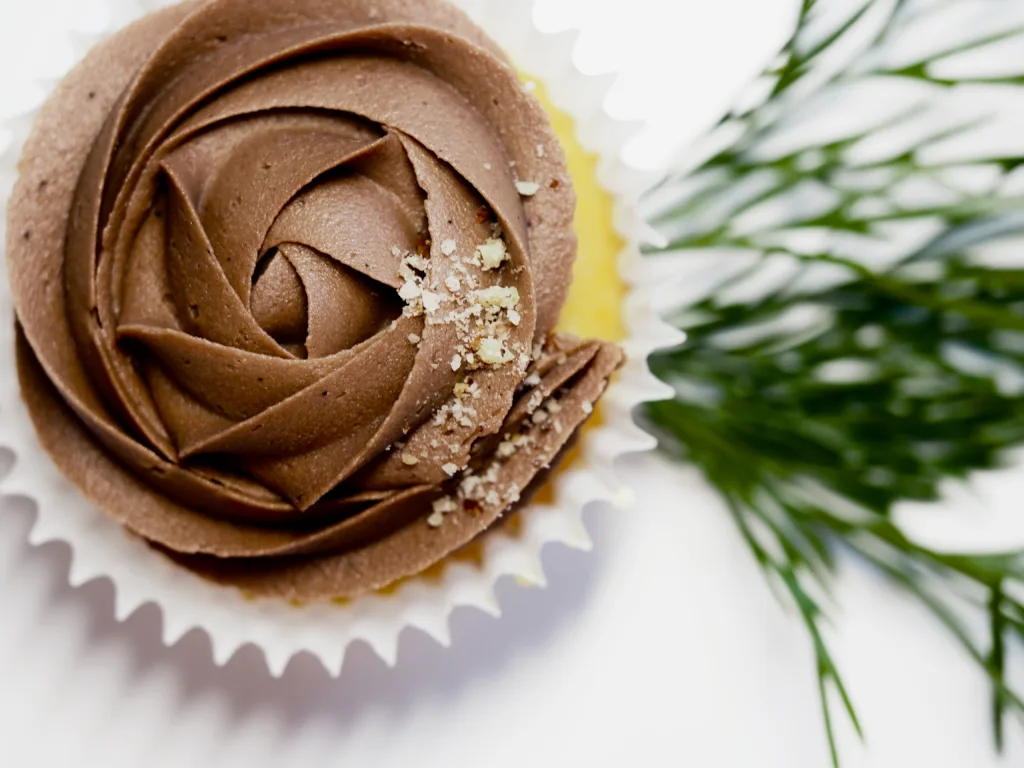
Chocolate Production and Consumption
- West African countries, including Ivory Coast and Ghana, produce over 70% of cocoa beans.
- Switzerland holds the record for the highest chocolate consumption per capita.
- Mars Wrigley Confectionery is the world’s largest chocolate manufacturer by production volume.
- Hershey’s is a prominent chocolate-only producing brand in the United States.
- Cadbury is the most popular chocolate brand in the United Kingdom.
- Saxon company Jordan & Timaeus developed the first milk chocolate in 1839 using donkey milk.
- Belgium, known for its premium sweet chocolates, is the world’s leading chocolate exporter.
- A mature cacao tree yields about 2,500 beans per season, taking 4-5 years to reach maturity.
- Cacao trees have a life expectancy of up to 200 years but produce beans for around 25 years.
- Every year, people worldwide consume over 7 billion chocolate chips.
- Europe accounts for approximately 40% of global chocolate consumption.
- Chocolate craving is more common in women, with twice as many women desiring it.
- Excessive chocolate consumption may lead to medical conditions such as diabetes and hypertension.
- Chocolate, toxic to pets, contains theobromine, which cats and dogs cannot digest.
- Belgium boasts one chocolate industry worker for every 200 citizens.
Health and Pleasure of Chocolate
- Smelling chocolate triggers relaxation, releasing “feel-good” endorphins and inducing happiness.
- Chocolate contains antioxidants, such as catechin and procyanidins, guarding against chronic diseases.
- Dark chocolate, with a higher cocoa content, offers more therapeutic benefits to consumers.
- Chocolate’s phenylethylamine content may induce feelings of euphoria and positively impact relationships.
- Cocoa’s naturally occurring compounds help fight harmful mouth bacteria, preventing tooth decay.
- Excessive chocolate consumption can lead to medical conditions like diabetes and hypertension.
- Chocolate is toxic to pets due to sweet, theobromine, which affecting their digestion.
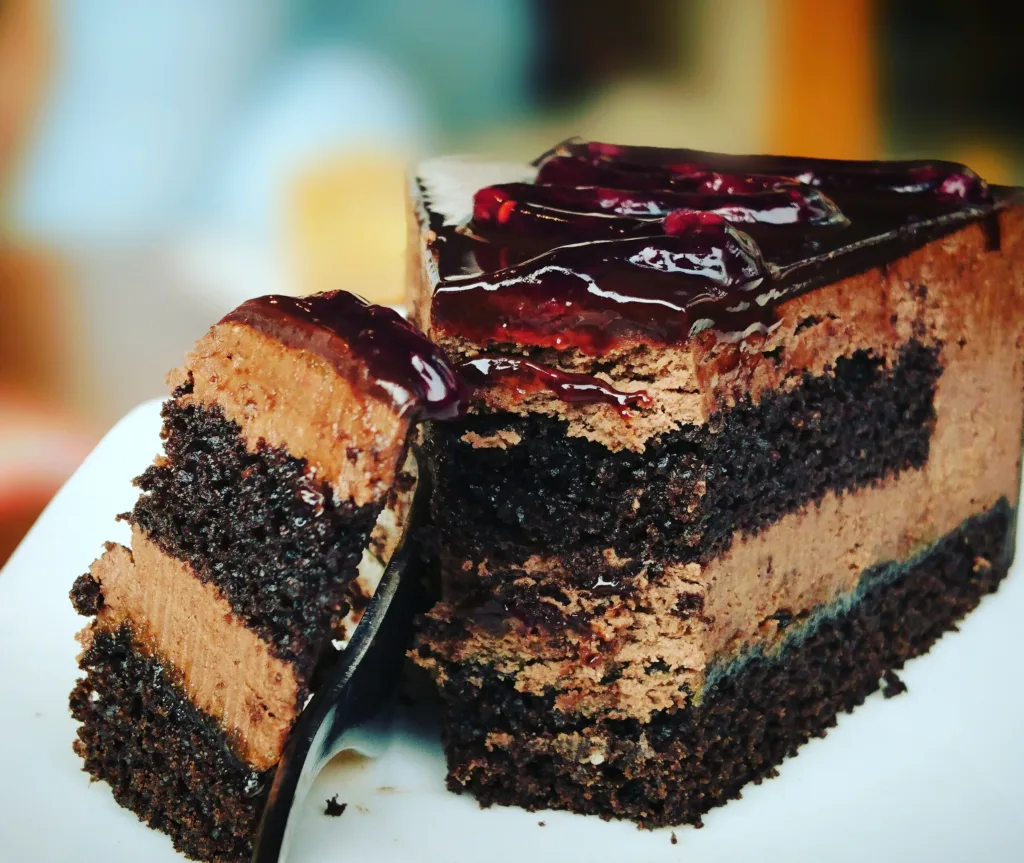
Chocolate in Literature and Media
- A famous sweet chocolate-themed children’s novel is the movie ‘Roald Dahl’s Charlie and the Chocolate Factory’.
- Cherished chocolate-themed classics are the movies “Willy Wonka & the Chocolate Factory” (1971) and “Charlie and the Chocolate Factory” (2005).
- The original “Psycho” movie created the blood in the shower scene using chocolate syrup.
Other Intriguing Chocolate Facts
- Chocolate craving is more common in women, with twice as many women desiring it.
- Xylitol, a common chocolate sweetener, is toxic for pets.
- Richard Cadbury designed the first heart-shaped chocolate box for Valentine’s Day in 1861.
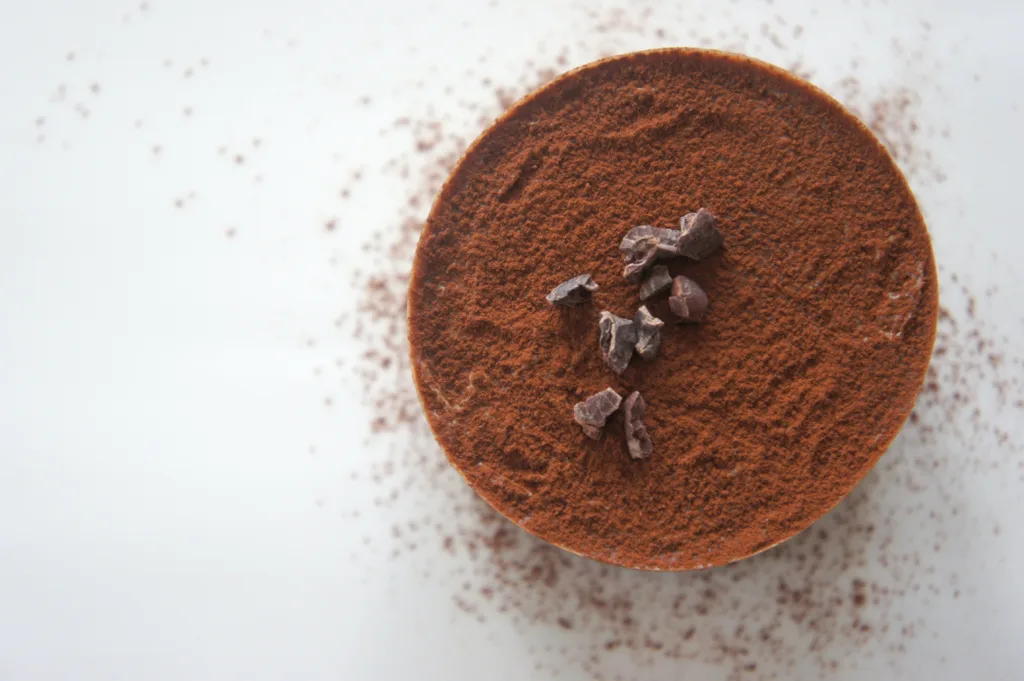
Conclusion
Chocolate’s allure, not only in its delightful flavors but also in its rich history and cultural significance, is undeniable. From its origins in ancient Mesoamerica to its global popularity today, it continues to enchant people worldwide. As you indulge in this mouthwatering treat, remember to savor it in moderation, knowing that a little chocolate can bring immense joy to your life.
FAQs
Chocolate, once a currency that literally grew on trees, had a far different form and taste in its early history. Although it was once used as money, chocolate wasn’t always solid or sweet. It took eight years of experimentation and refinement to develop the recipe for milk chocolate, transforming it into the beloved treat we know today. Moreover, the process of working with cacao beans is surprisingly labor-intensive; even a small amount of cacao doesn’t yield much chocolate. Furthermore, it’s worth noting that white chocolate, often associated with chocolate, isn’t truly chocolate at all. These facts shed light on the fascinating evolution of this beloved confection.
At the plant or factory, workers roast the beans in giant ovens to bring out their flavor. Afterward, machines then remove the hard skin surrounding the beans. Subsequently, machines grind the beans into a paste, called chocolate liquor. Chocolate liquor is made up of chocolate solids and a kind of fat called cocoa butter. In this process, workers transform raw cocoa beans into the essential components of chocolate.
It is a precursor to serotonin, which inspires feelings of happiness. Additionally, present is phenylethylamine, a type of amphetamine, that “gives you a feeling of contentment … and mimics the effect of being in love,” according to Ramadan. Furthermore, theobromine is a stimulant responsible for the “buzz” you get after eating chocolate.
Chocolate, in addition, has been shown to improve depression and anxiety symptoms. Moreover, it helps enhance feelings of calmness and contentedness. Both, the flavanols and methylxanthines, are believed to play a role in chocolate’s mood-enhancing effects.
The latest research backs up claims that chocolate has cardiovascular benefits: In a 9-year Swedish study of more than 31,000 women, those who ate one or two servings of dark chocolate each week cut their risk for heart failure by as much as a third. Wish that was a serving each day?







